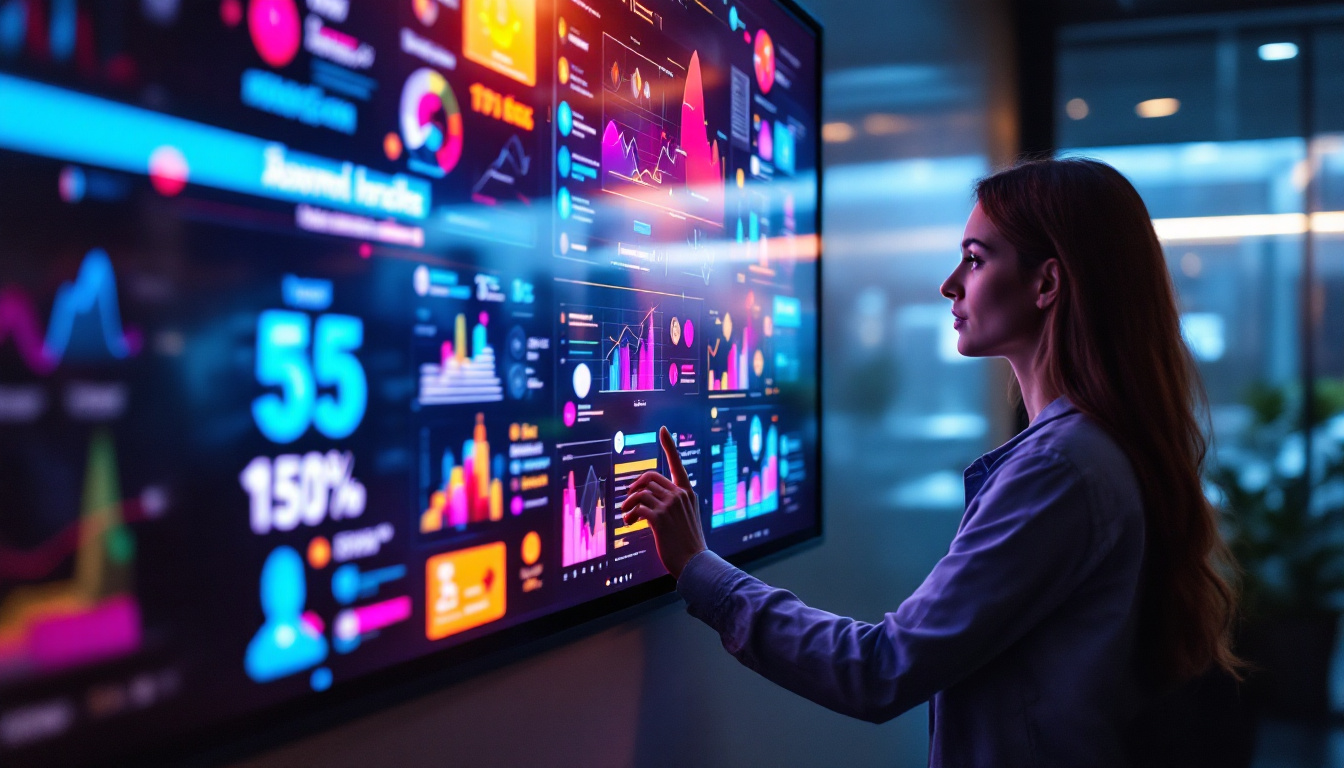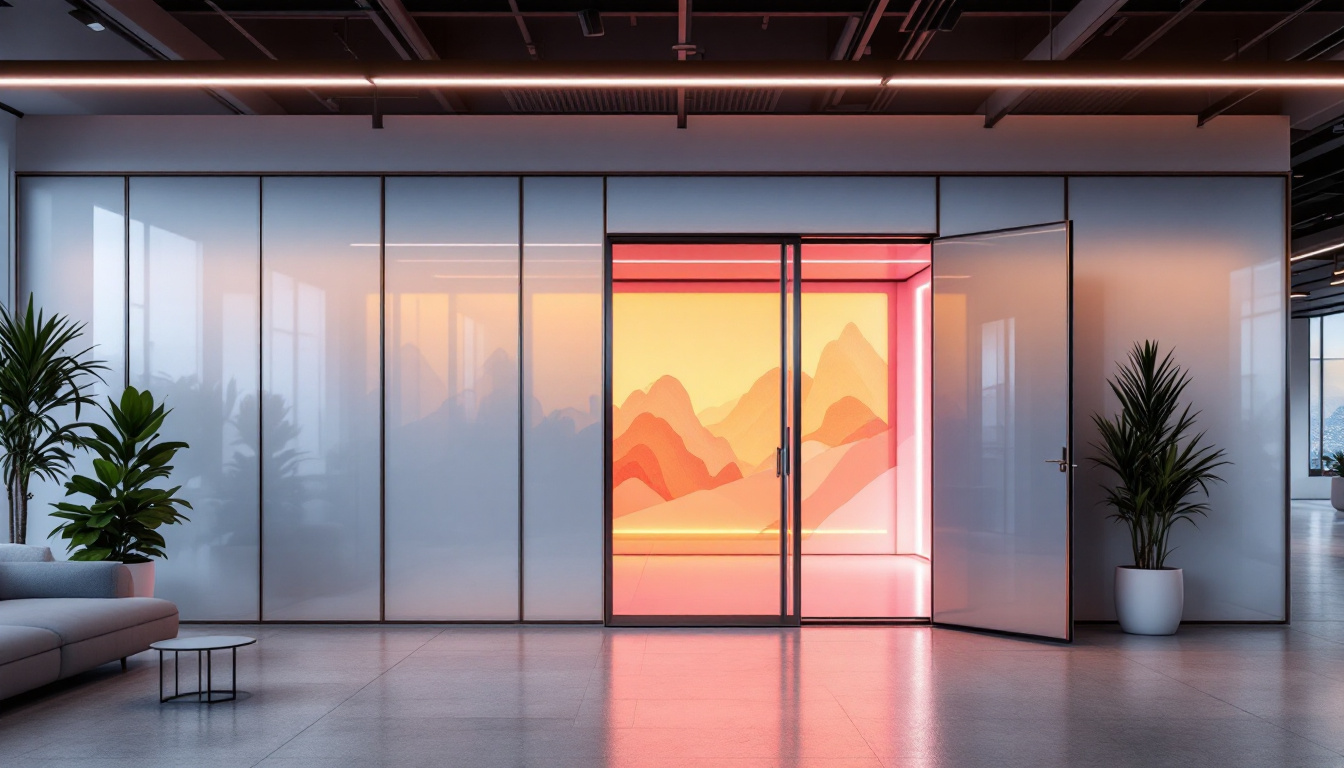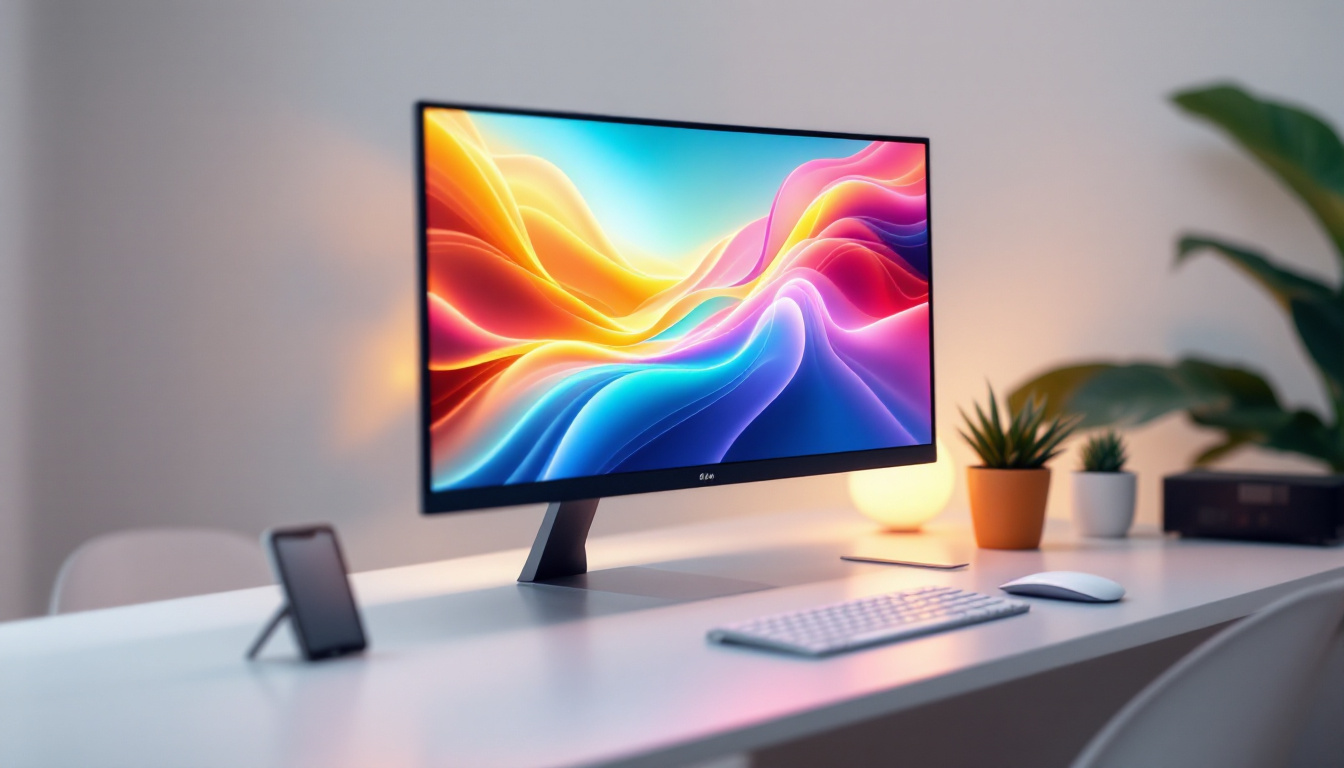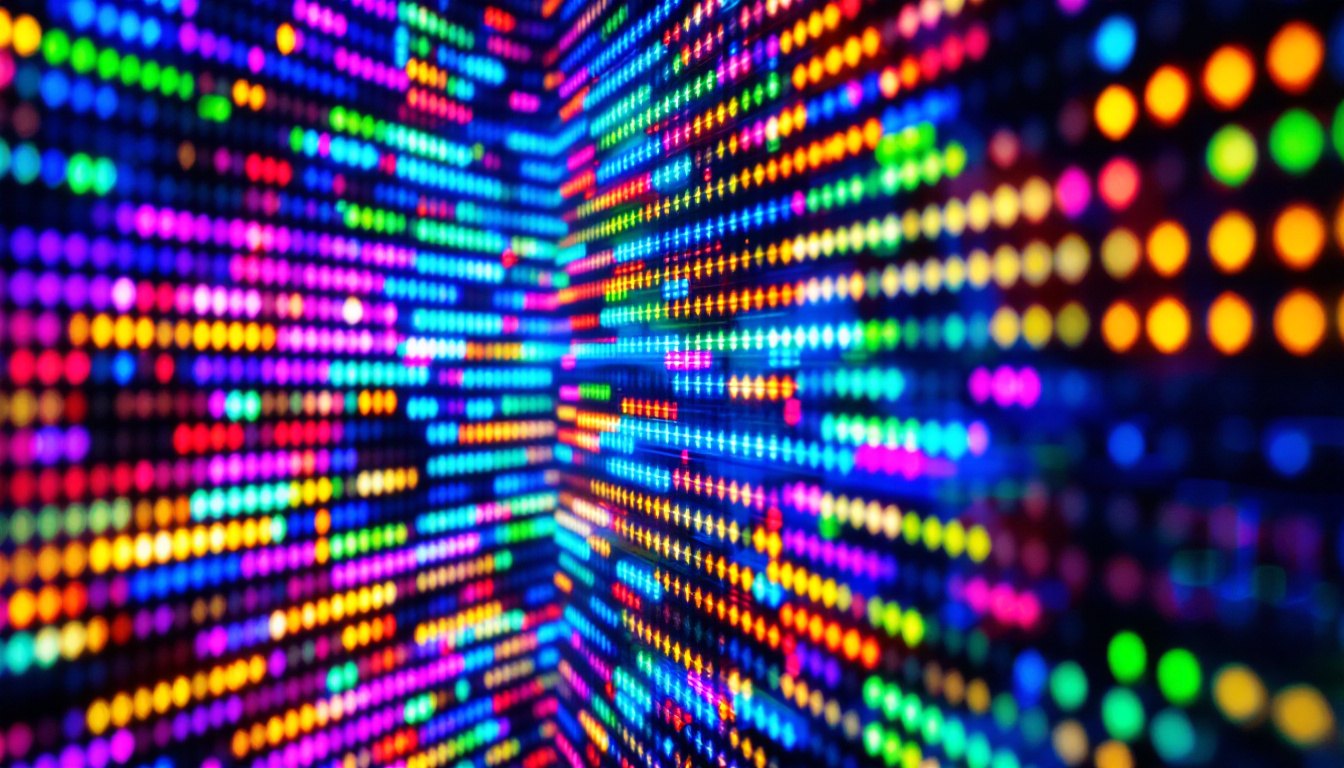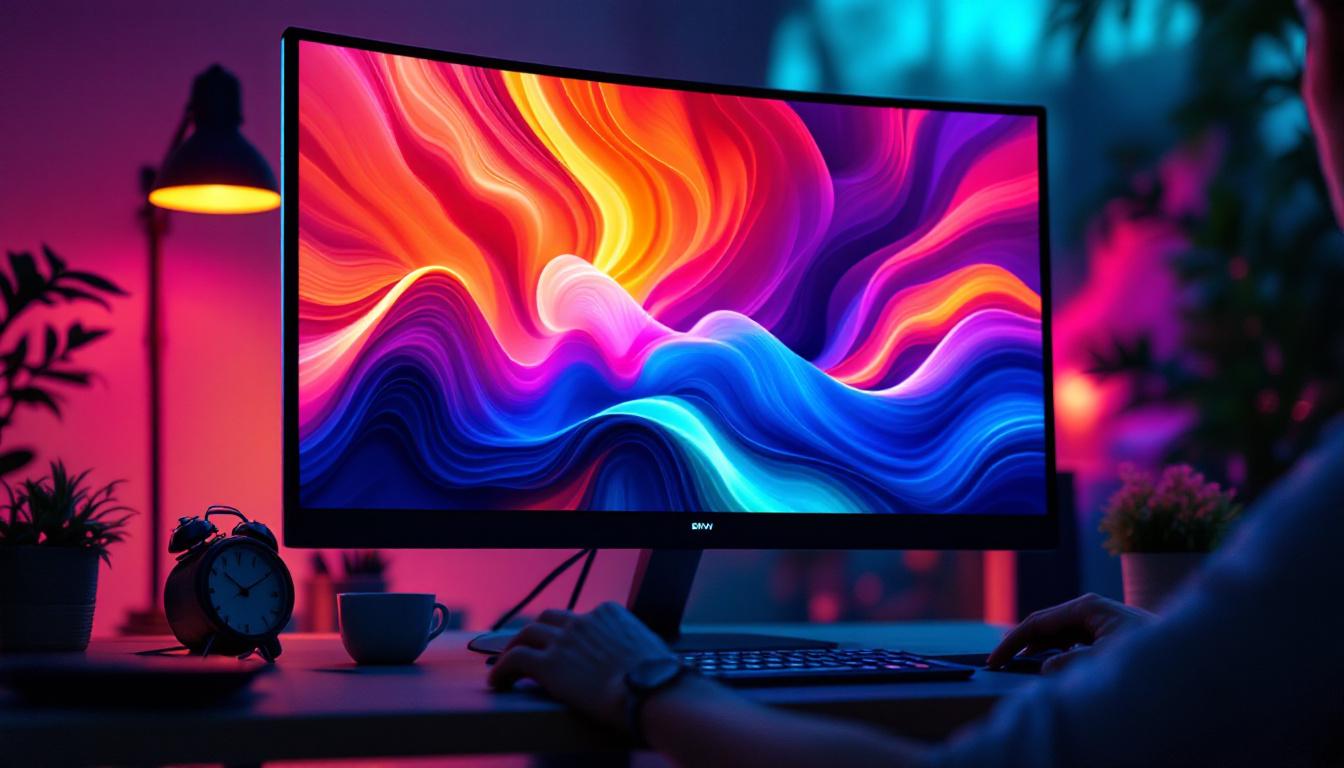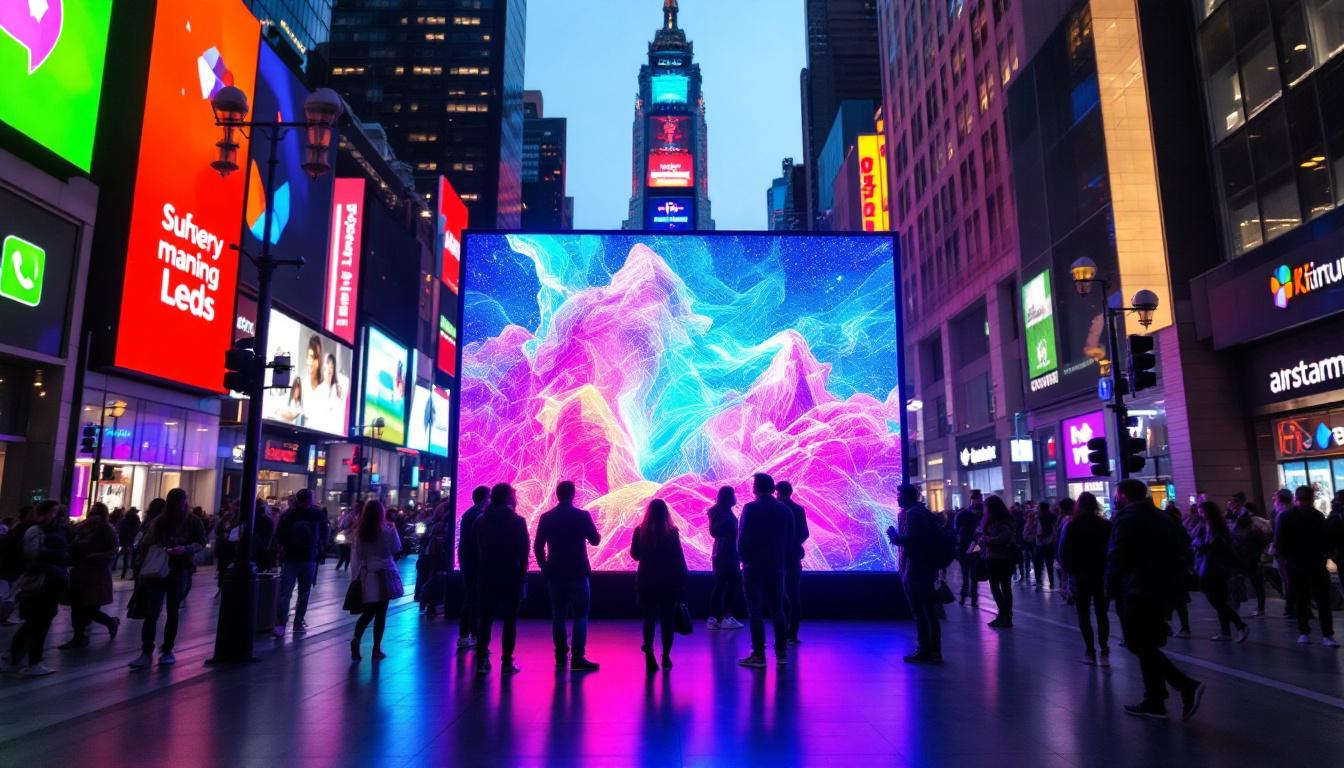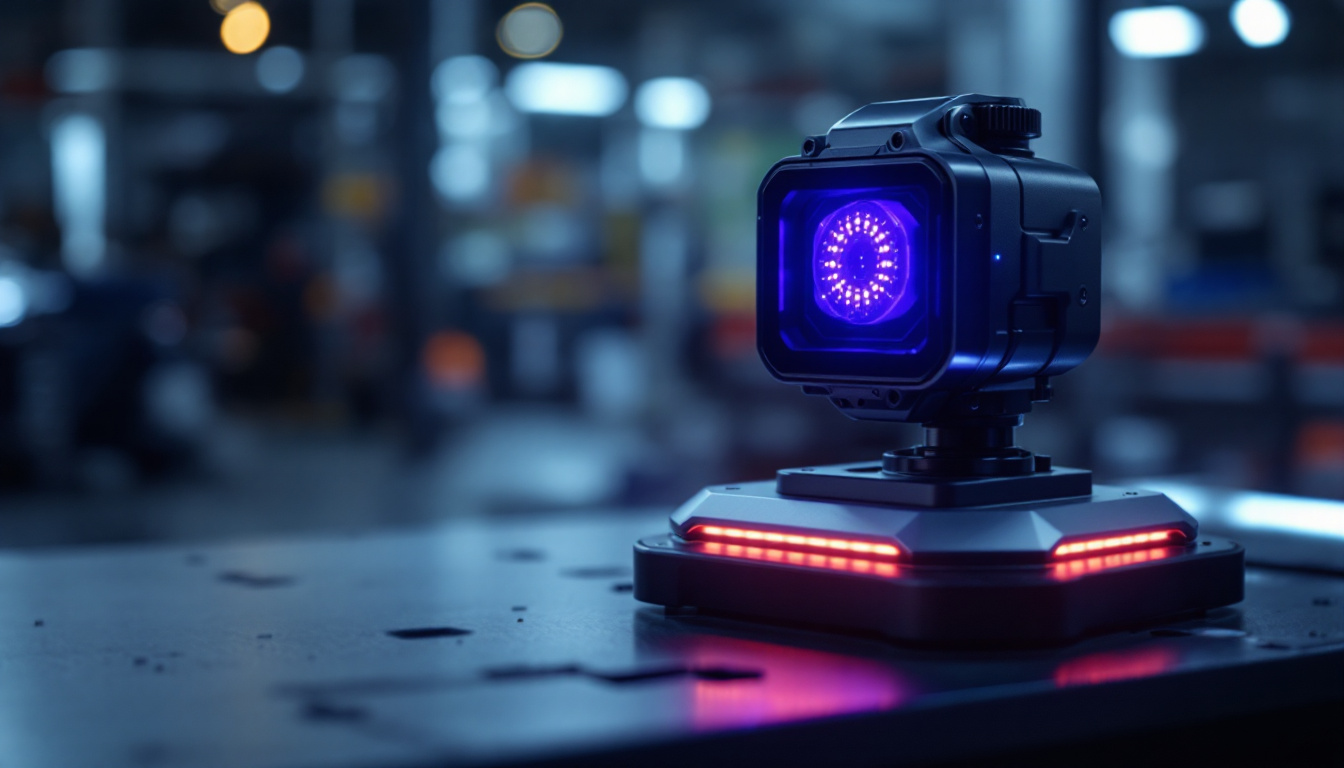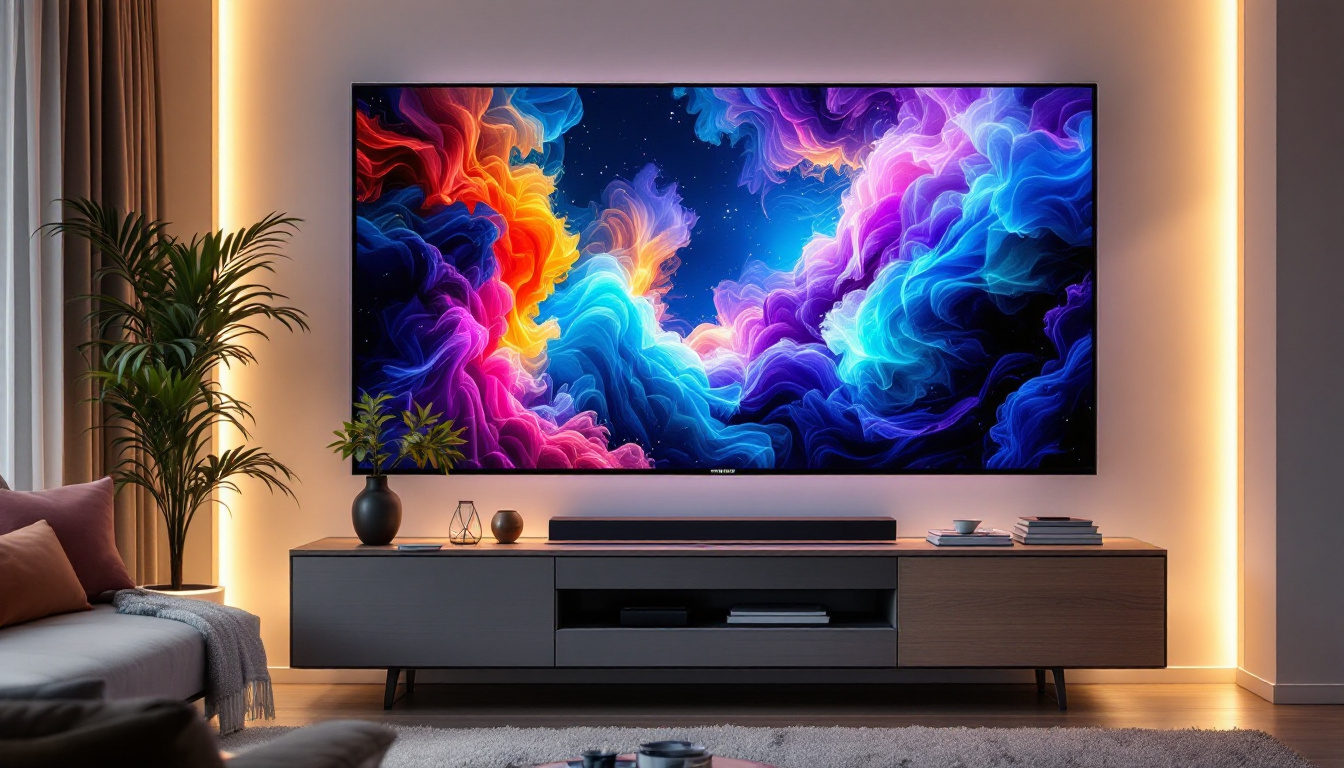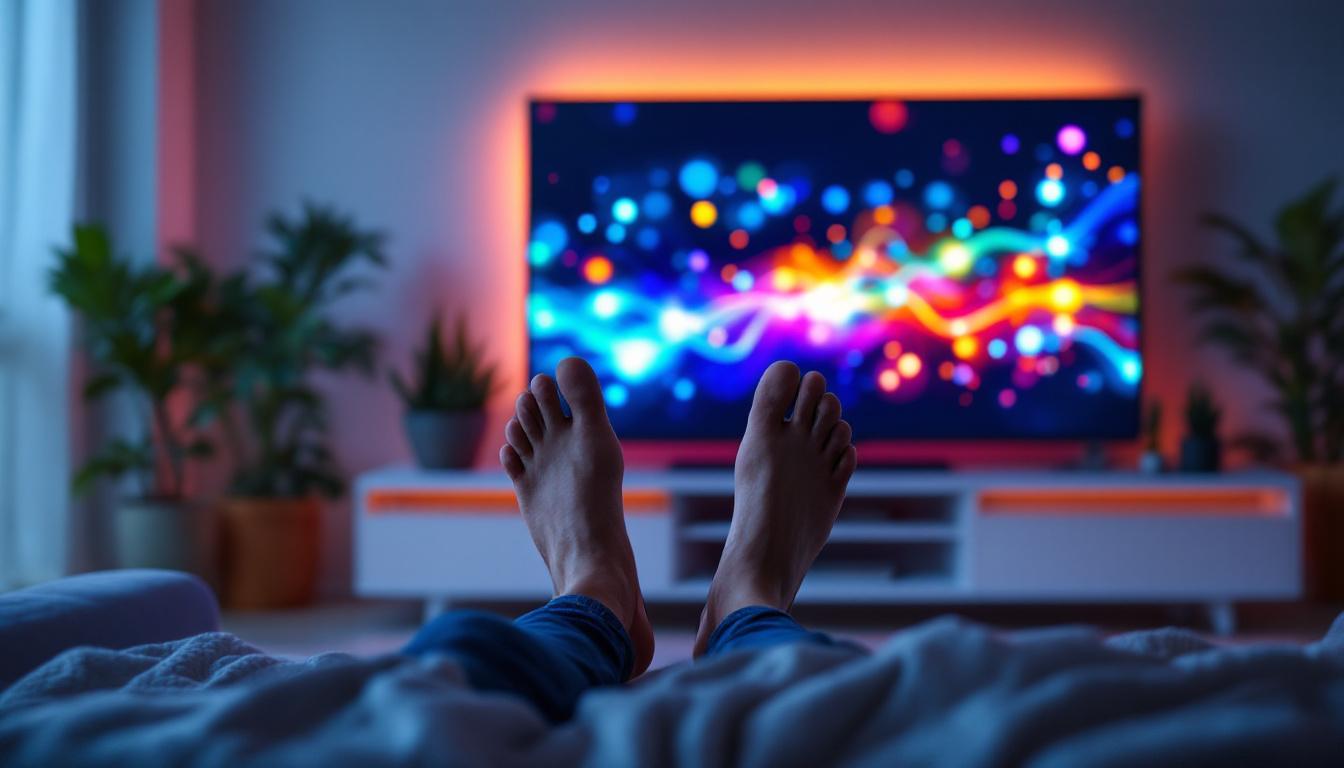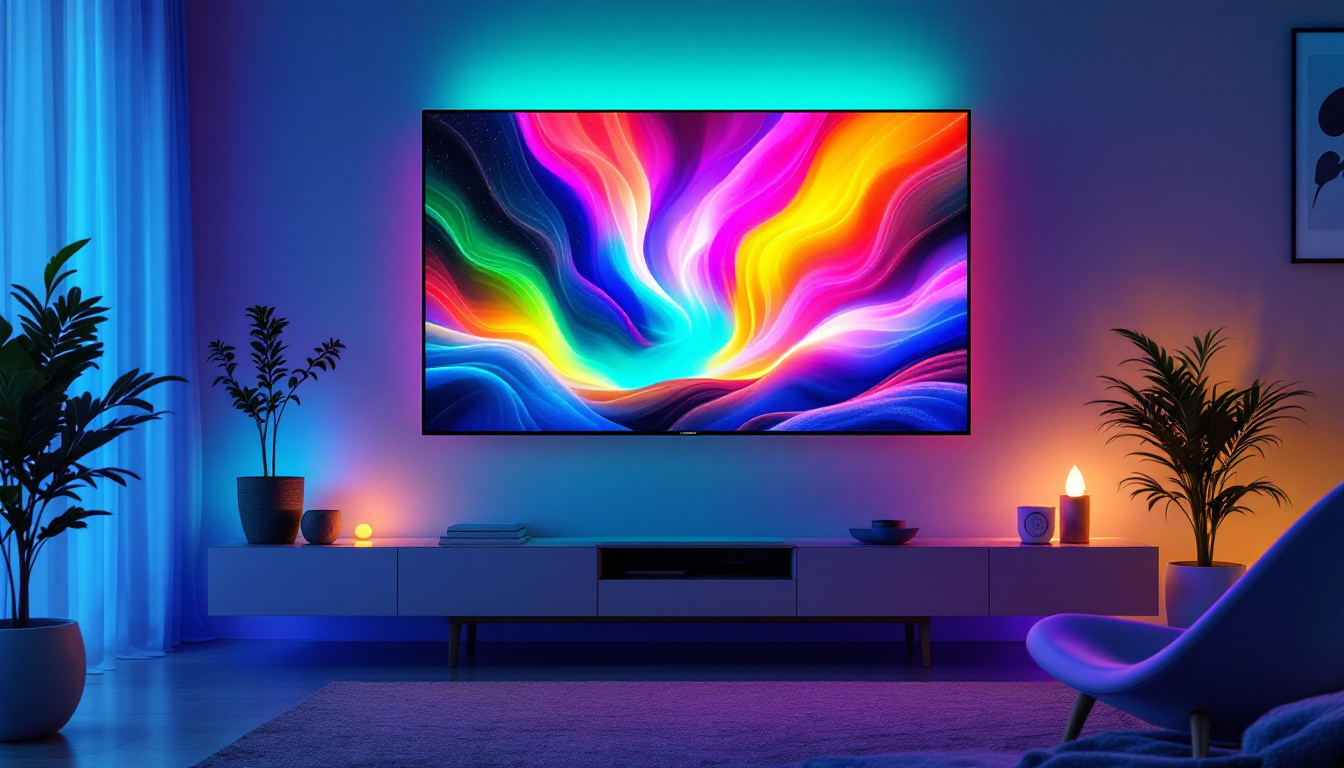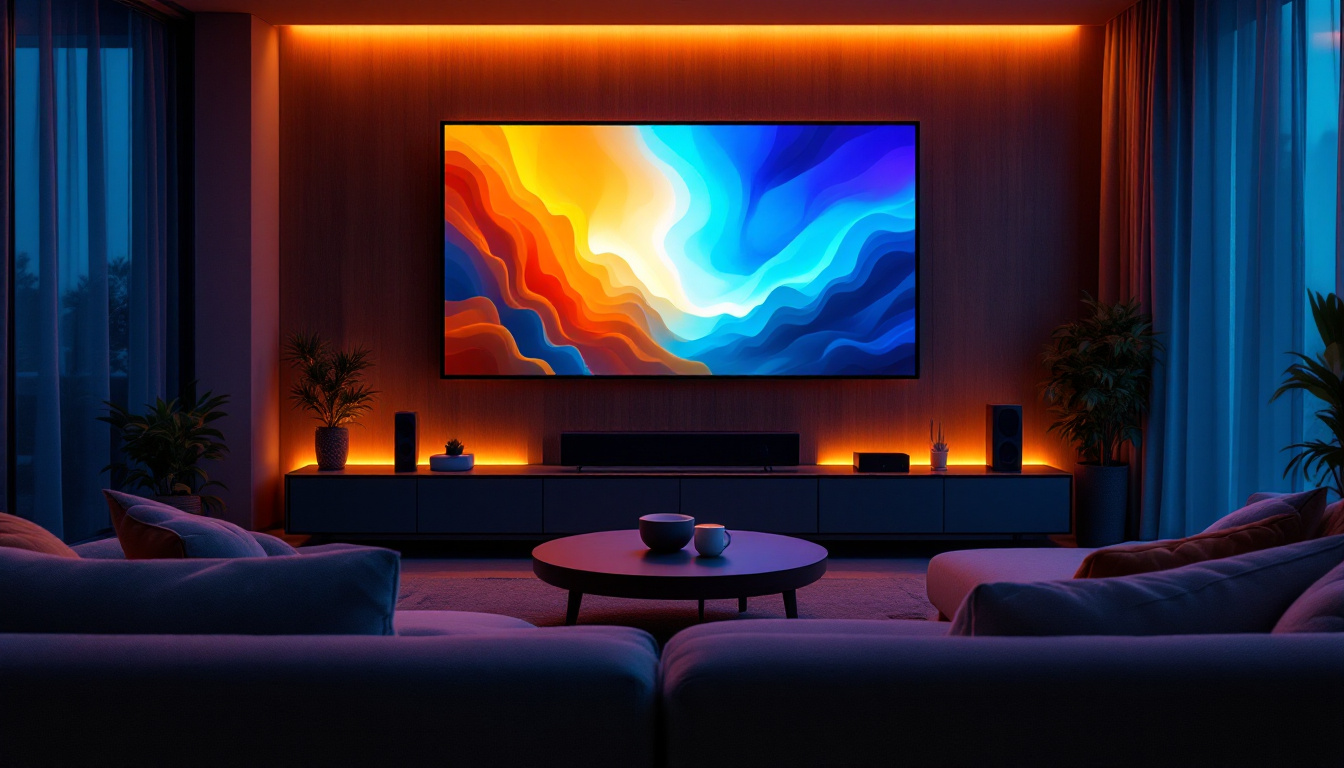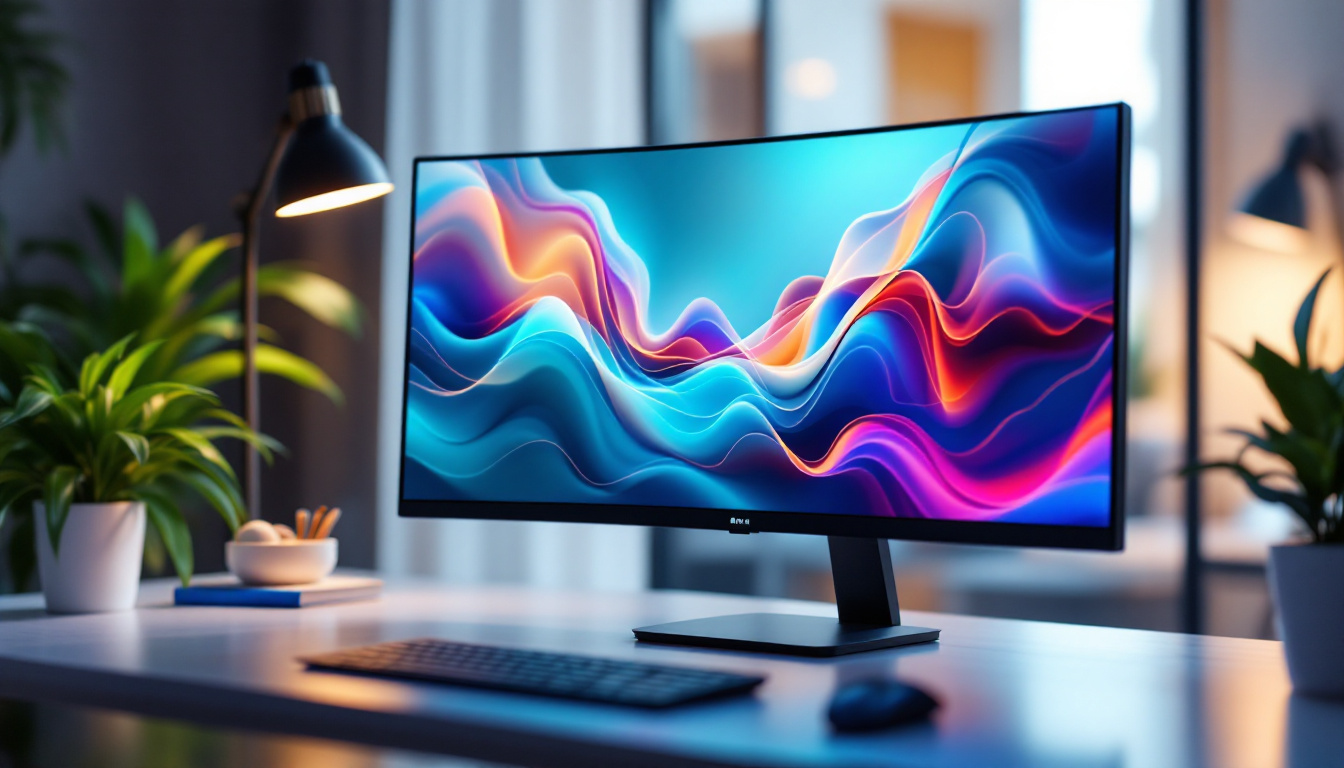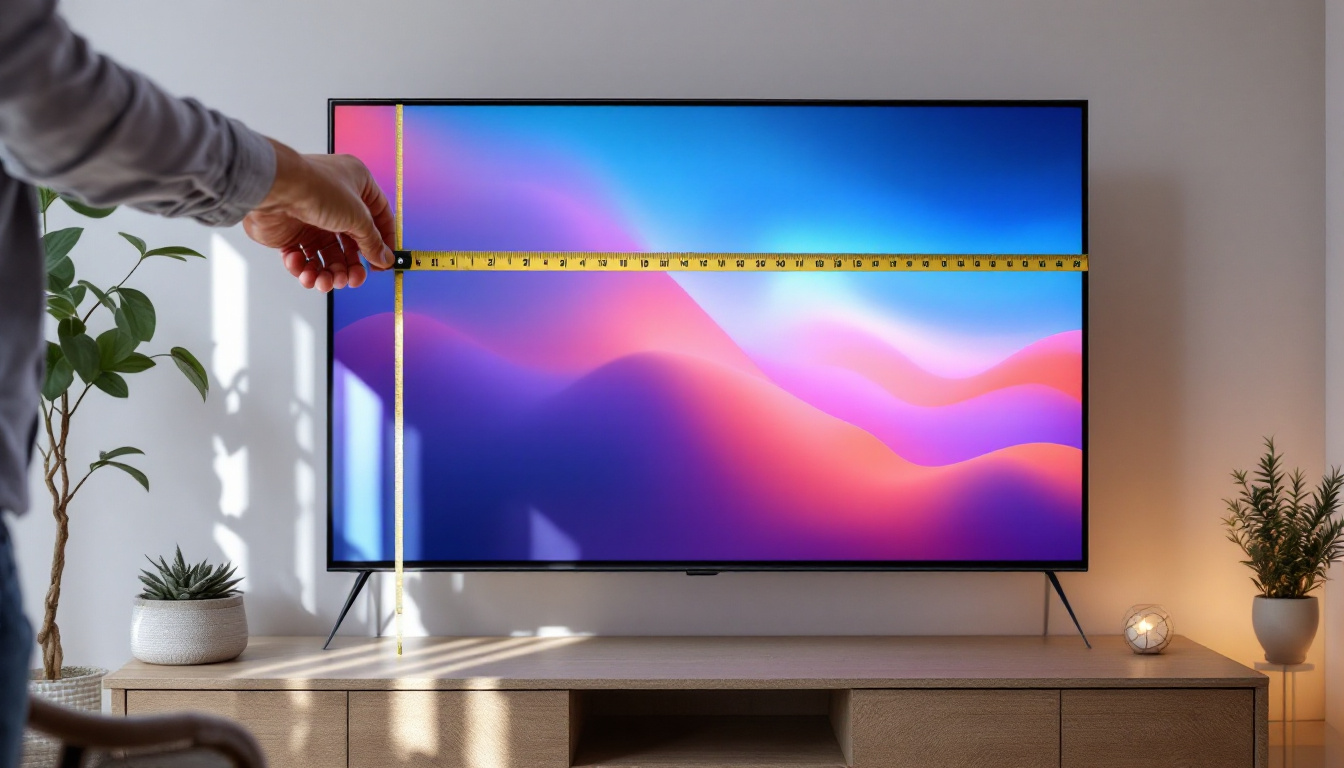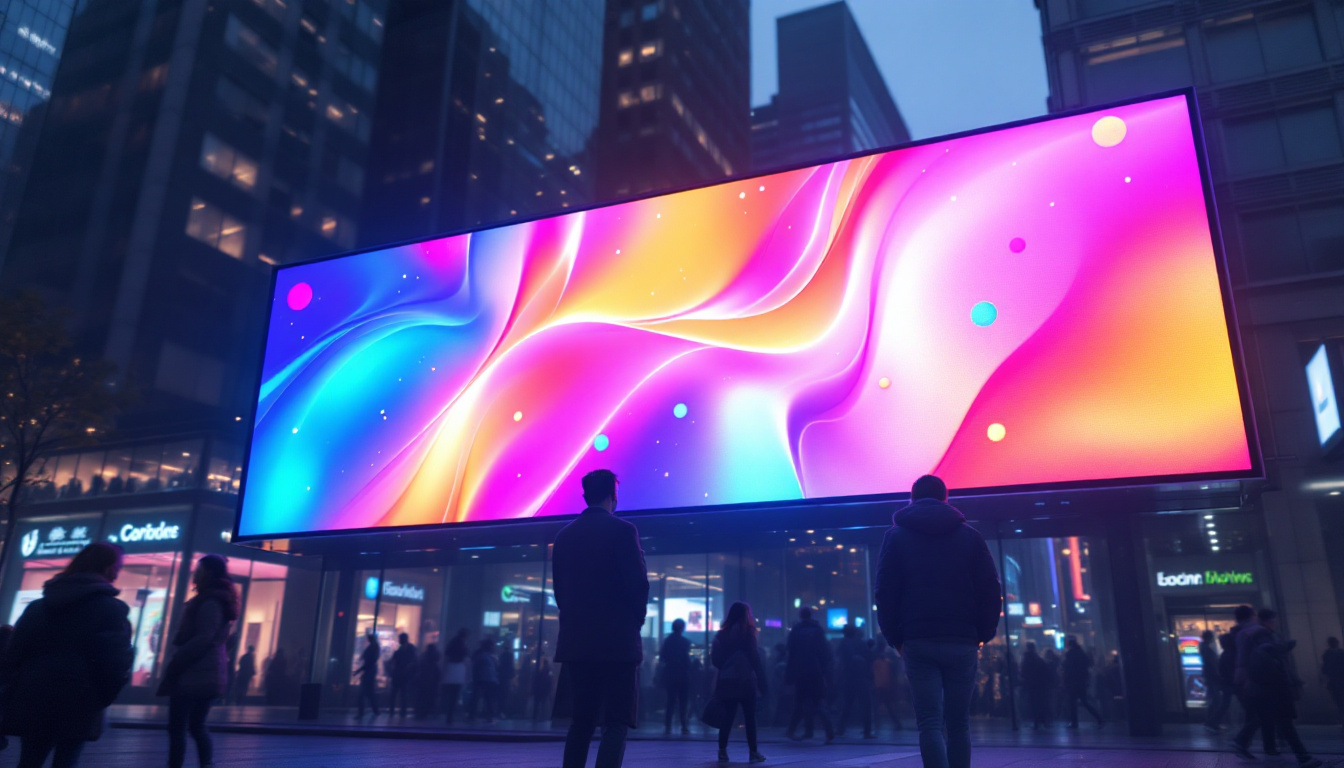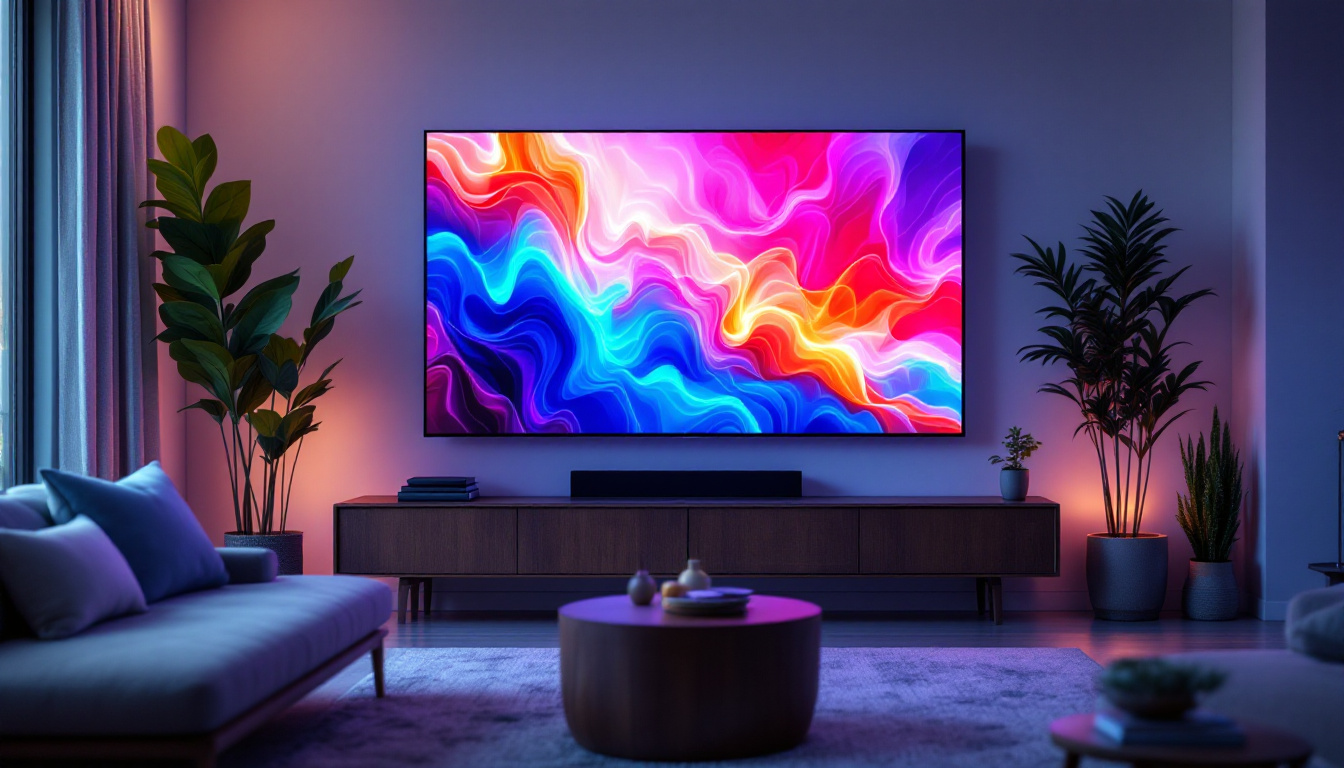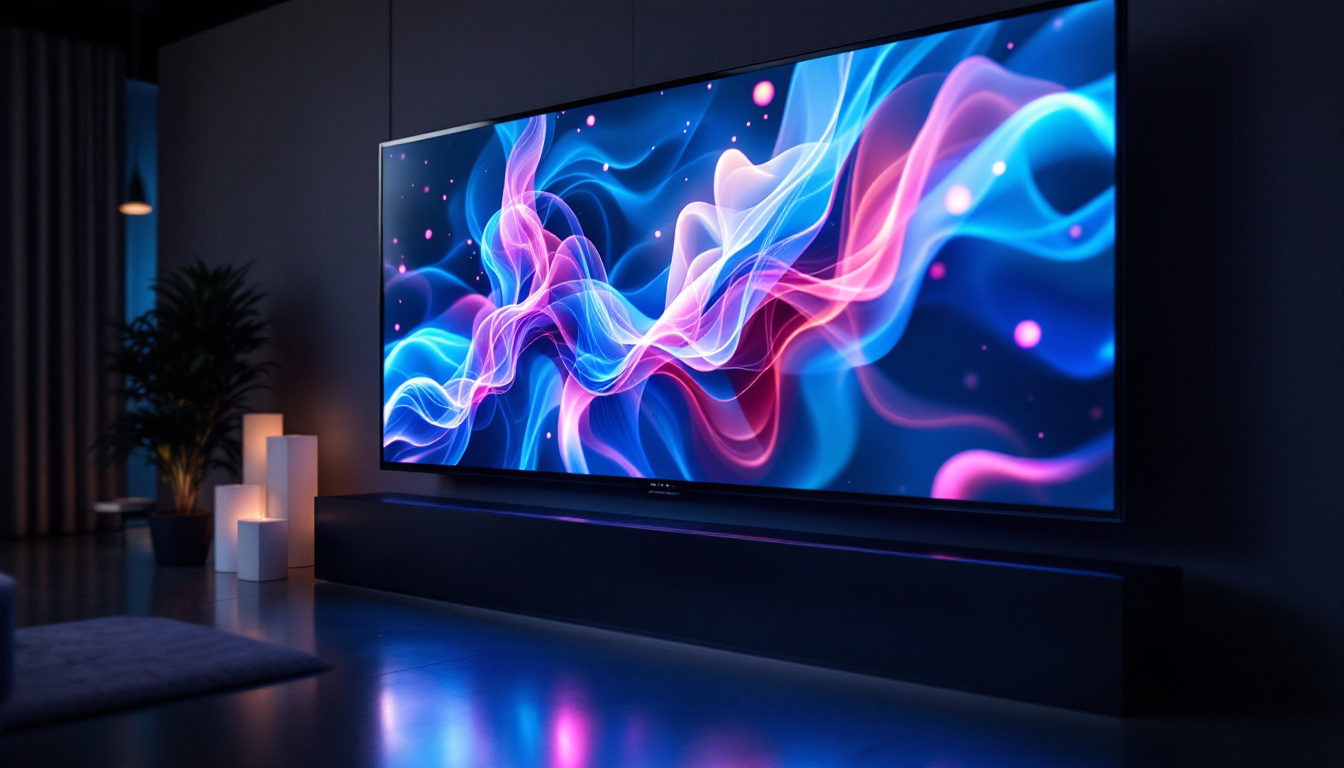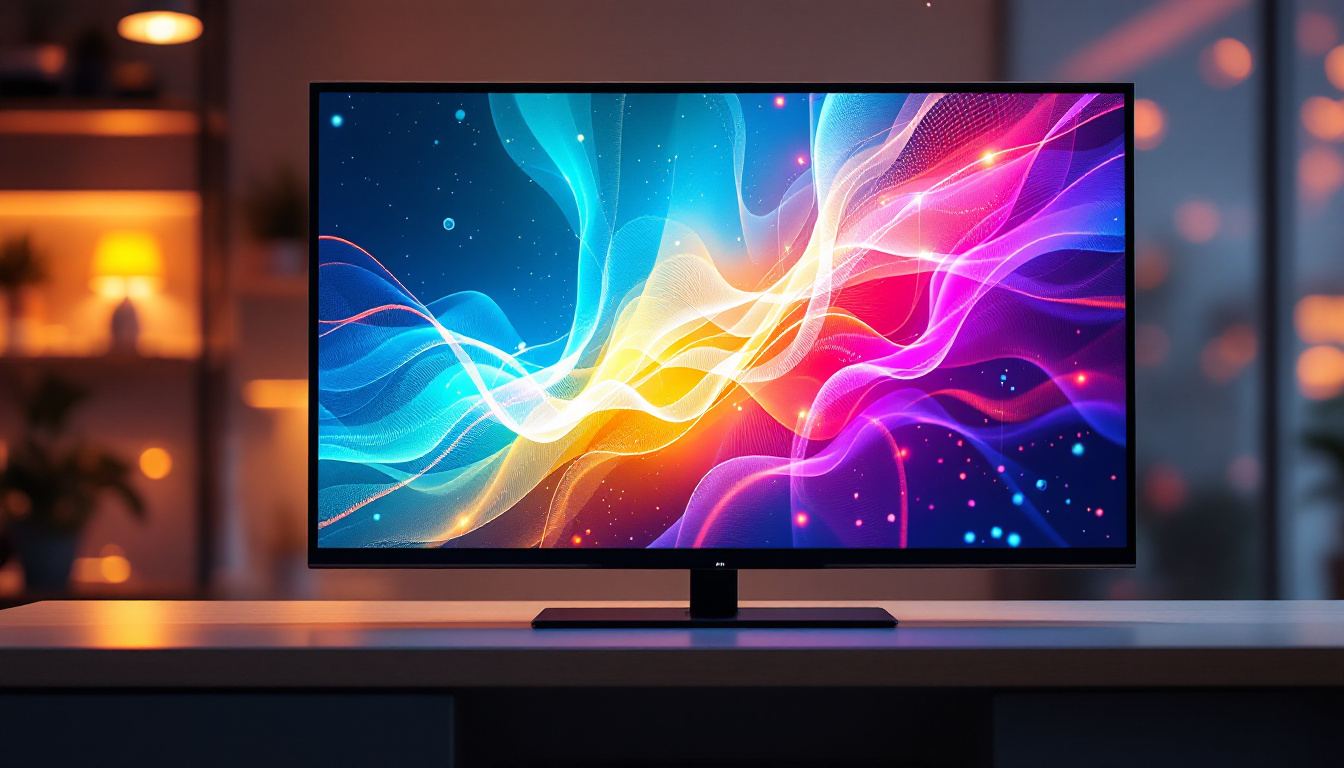In the era of digital interaction, touch screen boards have emerged as a pivotal technology in various sectors, ranging from education to corporate environments. These boards not only provide an interactive platform for presentations and discussions but also enhance the overall user experience through their vibrant LED displays. This article delves into the intricacies of touch screen boards, focusing on their LED display technology, functionalities, and applications.
Understanding Touch Screen Boards
Touch screen boards, often referred to as interactive whiteboards, are large display screens that respond to touch inputs. They allow users to interact directly with the displayed content, making them ideal for collaborative environments. The integration of LED technology into these boards has significantly improved their performance and usability. With advancements in technology, touch screen boards now come equipped with features such as high-definition displays, built-in speakers, and connectivity options that support various devices, enhancing the overall user experience.
What is a Touch Screen Board?
A touch screen board is essentially a large screen that can detect the presence and location of a touch within the display area. This technology enables users to manipulate objects on the screen, draw, and navigate through various applications. The boards can be used in a variety of settings, including classrooms, conference rooms, and even in homes for entertainment purposes. In educational settings, for instance, teachers can display multimedia presentations, conduct quizzes, and even allow students to participate in interactive lessons. In corporate environments, these boards can serve as dynamic presentation tools, allowing for real-time data visualization and project management.
How Touch Screen Technology Works
Touch screen technology primarily operates through two methods: resistive and capacitive. Resistive touch screens respond to pressure applied to the screen, while capacitive touch screens detect the electrical properties of the human body. Most modern touch screen boards utilize capacitive technology, which allows for multi-touch capabilities and a more responsive user experience. This means multiple users can interact with the board simultaneously, fostering a collaborative atmosphere. Furthermore, some advanced models incorporate infrared technology, which enhances accuracy and allows for gesture recognition, enabling users to control the display with simple hand movements.
Benefits of Touch Screen Boards
Touch screen boards offer numerous advantages over traditional presentation methods. They facilitate interactive learning, enabling educators to engage students more effectively. In corporate settings, these boards enhance collaboration, allowing teams to brainstorm and share ideas seamlessly. Additionally, the intuitive nature of touch screens reduces the learning curve for users, making technology more accessible. Beyond education and business, touch screen boards are also making their mark in healthcare, where they can be used for patient education, interactive displays in waiting areas, and even for training medical staff on new technologies. The versatility of touch screen boards continues to expand, making them an invaluable tool across various sectors.
The Role of LED Displays in Touch Screen Boards
LED (Light Emitting Diode) displays have revolutionized how information is presented on touch screen boards. These displays provide bright, vivid colors and high contrast ratios, making content easily readable from various angles and distances. Understanding the role of LED technology in touch screen boards is crucial for appreciating their functionality.
Advantages of LED Technology
LED technology offers several advantages over traditional LCD displays. One of the most significant benefits is energy efficiency. LED displays consume less power, which is particularly important for devices that are used frequently. Furthermore, LED displays have a longer lifespan, reducing the need for frequent replacements. This not only saves costs in the long run but also contributes to a more sustainable approach to technology, as fewer resources are consumed in manufacturing and disposing of screens.
Picture Quality and Resolution
LED displays are known for their superior picture quality. They provide sharper images and more vibrant colors, which enhance the overall viewing experience. Many touch screen boards now come with high-definition (HD) or even ultra-high-definition (UHD) resolutions, allowing for detailed graphics and clear text. This is especially beneficial in educational settings where visual aids play a crucial role in learning. The ability to display intricate diagrams and high-resolution images can significantly improve comprehension and retention of information, making lessons more engaging and interactive for students.
Durability and Maintenance
Another advantage of LED displays is their durability. Unlike traditional screens, LED displays are less susceptible to damage from impacts and environmental factors. This robustness makes them ideal for high-traffic areas such as classrooms and conference rooms. Additionally, maintenance is minimal, as LED displays typically do not require frequent calibration or servicing. The protective glass often used in these displays further enhances their resilience, allowing them to withstand accidental bumps or scratches that might occur in busy environments. This durability not only ensures longevity but also provides peace of mind for institutions and businesses that rely on these technologies for daily operations.
Impact on User Interaction
The integration of LED displays into touch screen boards has significantly enhanced user interaction. The responsive nature of touch technology combined with the vibrant visuals of LED screens creates an immersive experience for users. Whether in a corporate setting for presentations or in classrooms for interactive learning, the tactile feedback and visual clarity encourage active participation. Users can easily navigate through content, manipulate images, and engage in collaborative activities, fostering a dynamic learning or working environment that was previously unattainable with older technologies.
Future Innovations in LED Touch Screen Technology
As technology continues to evolve, the future of LED touch screen boards looks promising. Innovations such as flexible LED displays and advancements in touchscreen sensitivity are on the horizon, which could further enhance usability and application. These developments may lead to more versatile designs that can adapt to various environments and user needs, such as curved screens for immersive experiences or even transparent displays for augmented reality applications. The potential for integration with artificial intelligence and machine learning could also personalize user experiences, making interactions more intuitive and efficient.
Applications of Touch Screen Boards with LED Displays
Touch screen boards equipped with LED displays have found applications in various fields, demonstrating their versatility and effectiveness. From education to business, these boards have transformed how information is shared and consumed.
Education Sector
In educational institutions, touch screen boards have become invaluable tools for teachers and students alike. They facilitate interactive lessons, allowing educators to present information dynamically. Students can engage with the material directly, enhancing retention and understanding. Furthermore, these boards can be integrated with various educational software, providing a rich resource for both teaching and learning.
Corporate Environments
In the corporate world, touch screen boards are increasingly used for presentations, meetings, and brainstorming sessions. They enable teams to collaborate in real-time, making it easier to share ideas and visualize concepts. The ability to annotate directly on the screen adds a layer of interactivity that traditional presentation methods lack. This fosters a more engaging and productive meeting environment.
Healthcare and Telemedicine
In healthcare settings, touch screen boards are utilized for patient education, training, and telemedicine. They allow healthcare professionals to present information clearly and interactively, improving patient understanding of medical conditions and treatments. Additionally, during telemedicine consultations, these boards can facilitate visual communication, enhancing the overall patient experience.
Choosing the Right Touch Screen Board
When selecting a touch screen board, several factors should be considered to ensure the right fit for specific needs. Understanding these factors can help users make informed decisions that align with their requirements.
Screen Size and Resolution
The size of the touch screen board is a critical consideration. Larger screens are suitable for bigger rooms and larger audiences, while smaller screens may be more appropriate for personal use or smaller spaces. Additionally, resolution plays a significant role in the clarity of the displayed content. Higher resolution screens provide better image quality, which is essential for detailed presentations.
Touch Technology
As previously mentioned, touch technology can vary between resistive and capacitive. For most applications, capacitive touch screens are preferred due to their responsiveness and multi-touch capabilities. It is essential to assess the intended use of the board to determine the most suitable touch technology.
Connectivity Options
Connectivity is another vital aspect to consider. Most touch screen boards offer various connectivity options, including HDMI, USB, and wireless capabilities. Ensuring that the board can easily connect to existing devices is crucial for seamless integration into the intended environment.
Future Trends in Touch Screen Board Technology
The landscape of touch screen boards is continually evolving, driven by advancements in technology and changing user needs. Staying informed about future trends can help organizations and individuals prepare for the next wave of innovation.
Integration with Artificial Intelligence
One of the most exciting trends is the integration of artificial intelligence (AI) into touch screen boards. AI can enhance user experience by providing personalized content and automating tasks. For instance, AI-powered boards could analyze user interactions and suggest relevant resources or content, making the learning or meeting process more efficient.
Enhanced Interactivity
Future touch screen boards are expected to feature even greater interactivity. Innovations such as gesture recognition and voice commands could allow users to interact with the board without physical contact. This could be particularly beneficial in environments where hygiene is a concern, such as healthcare settings.
Improved Collaboration Tools
As remote work becomes more prevalent, the demand for effective collaboration tools is increasing. Future touch screen boards may include advanced software solutions that facilitate remote collaboration, allowing teams to work together seamlessly, regardless of their physical location. This could revolutionize how meetings and presentations are conducted, making them more inclusive and efficient.
Conclusion
Touch screen boards with LED displays have transformed the way information is presented and interacted with across various sectors. Their ability to engage users, coupled with the advantages of LED technology, makes them invaluable tools in today’s digital landscape. As technology continues to advance, the future of touch screen boards looks promising, with innovations that will further enhance their functionality and usability.
Whether in education, corporate settings, or healthcare, touch screen boards are set to play a crucial role in shaping how we communicate and collaborate. Understanding their features, benefits, and potential applications is essential for anyone looking to leverage this technology effectively.
Discover LumenMatrix LED Display Solutions
Ready to elevate your interactive experiences with the latest in LED display technology? LumenMatrix is at the forefront of creating immersive visual environments that captivate and engage. From dynamic Indoor LED Wall Displays to robust Outdoor LED Wall Displays, and from versatile Vehicle LED Displays to innovative Custom LED Solutions, our offerings are designed to transform your space and communication methods. Embrace the future of touch screen boards and enhance your presentations, collaborations, and audience interactions. Check out LumenMatrix LED Display Solutions today and see the difference cutting-edge technology can make.

